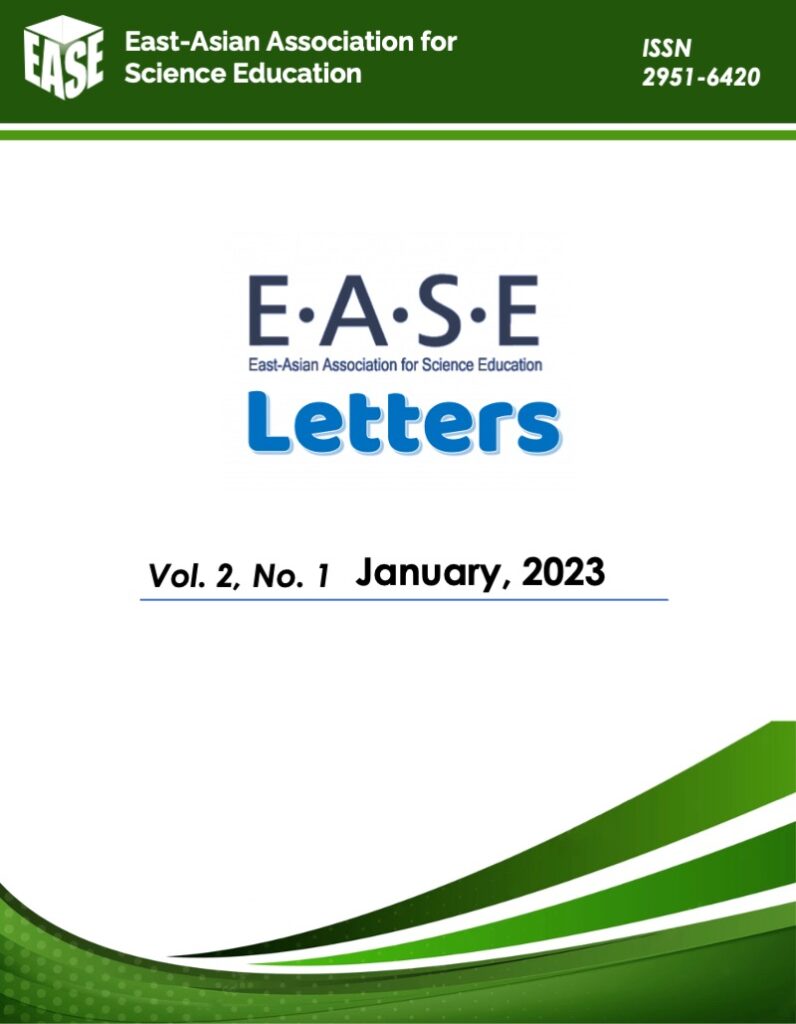How Do One-Year-Old Young Children Explore the Shape of Things? An Analysis of the Characteristics of Their Exploration Using the Scientific Toy of ‘Shape’
Abstract
Young children gain physical knowledge and logico-mathematical knowledge, operating various substances or thinking about the structure behind them. Toys also play a very important role in acquiring such knowledge. We have no toys made for scientific education and special curriculum related to them in Japan. There are few previous studies related to the characteristics of young children's cognitive developmental patterns. The purpose of this study is (1) to extract the characteristics of one-year-old child's exploration from their behavior during the scientific activity of the shape of things, (2) to make some hypotheses about the characteristics of one-year-old child’s exploratory behavior in this activity. We clarified that there were three types of fundamental scientific exploratory strategies for six one-year-old child's exploration. Type(I) is the scientific exploration with one of two variables fixed. Type (II) is the scientific exploration of examining the same combination of a solid and a window repeatedly based on successful experiences. Type (III) is the scientific exploration of choosing a solid and a window randomly and then of examining haphazardly. From these results, we have made a hypothesis that even one-year-old children have this fundamental scientific exploratory strategy like these and used them unconsciously or unintentionally.


